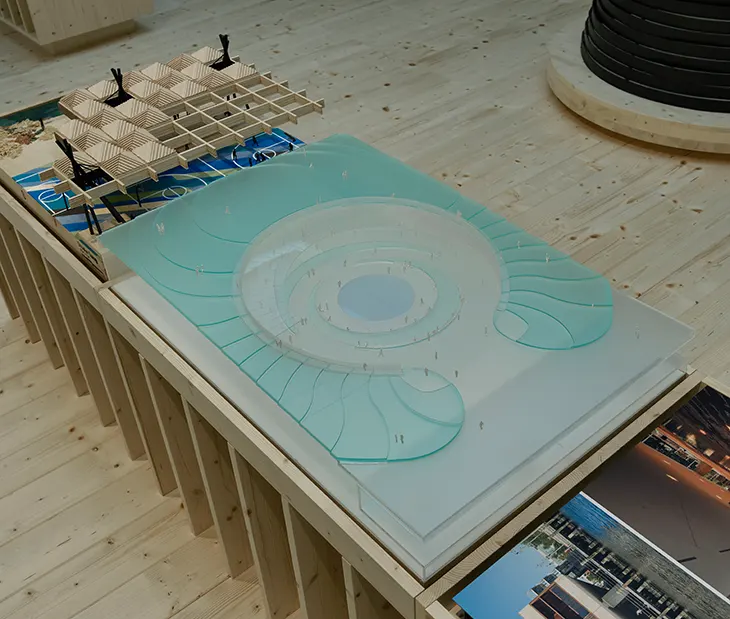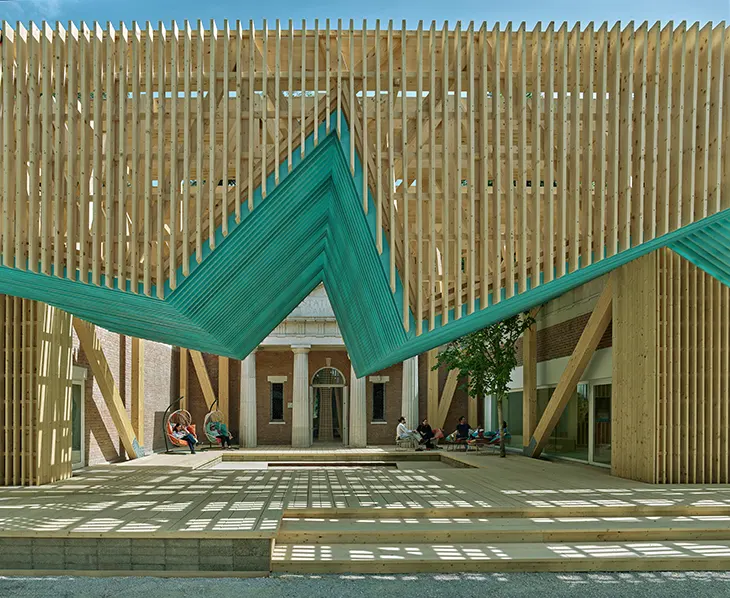
At the 19th International Architecture Exhibition of La Biennale di Venezia, the U.S. Pavilion invites visitors to step onto a structure rooted in hospitality and cultural connection. Titled PORCH: An Architecture of Generosity, the exhibition opens May 10, 2025, aligning with Biennale Architettura’s central theme, Intelligens: Natural. Artificial. Collective. The project reimagines the porch not as a relic of domestic life, but as an open stage for community and engagement.
ARCHITECTURE
Led by the Fay Jones School of Architecture and Design at the University of Arkansas, in partnership with DesignConnects and Crystal Bridges Museum of American Art, the initiative brings together a design team made up of Marlon Blackwell Architects, Stephen Burks Man Made, D.I.R.T. studio, and TEN x TEN. Together with co-commissioners Peter MacKeith, Susan Chin, and Rod Bigelow, they transform the Pavilion into a contemporary porch built from prefabricated mass timber and Venetian rammed earth.
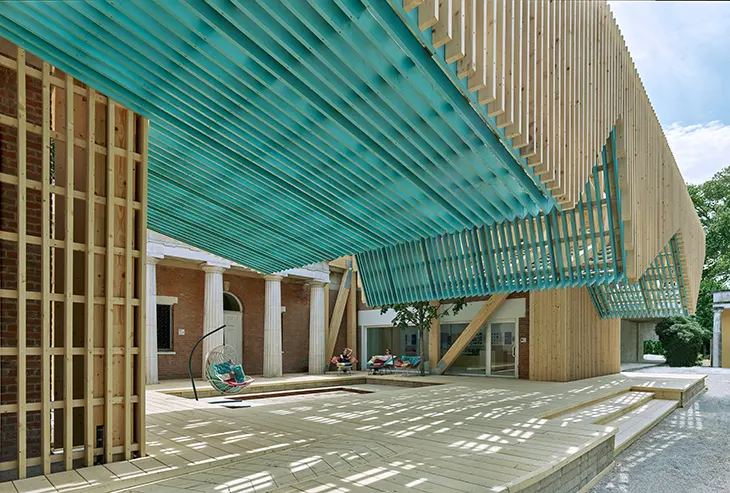
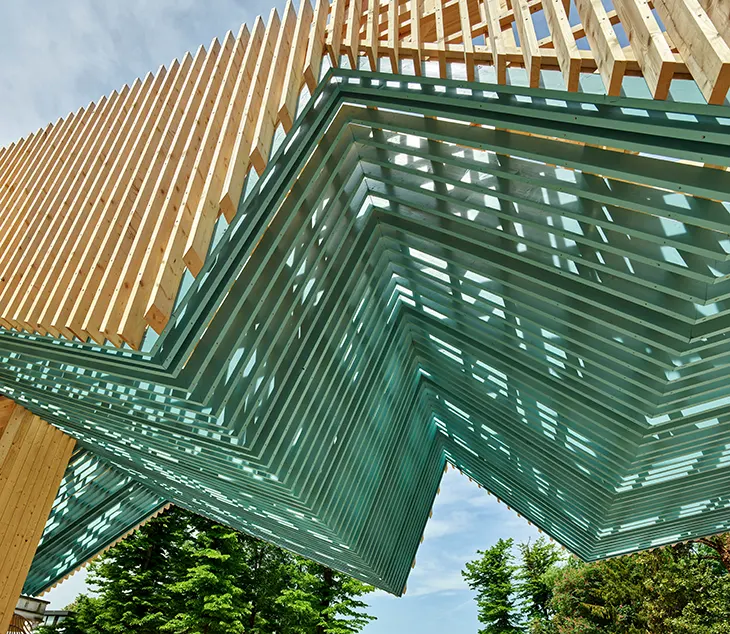
Inside, 54 contributors present “porch windows,” immersive vignettes selected from an open call to reflect the wide spectrum of American architecture today. These windows span states and territories, offering a cross-section of scale, practice, and identity in American design. Accompanying the physical structure is a research display that examines the architectural and cultural legacy of the American porch, from domestic threshold to civic gathering space. A dedicated reading room titled PORCH: A Library supports this inquiry, collecting texts that explore themes of memory, learning, and shared space.
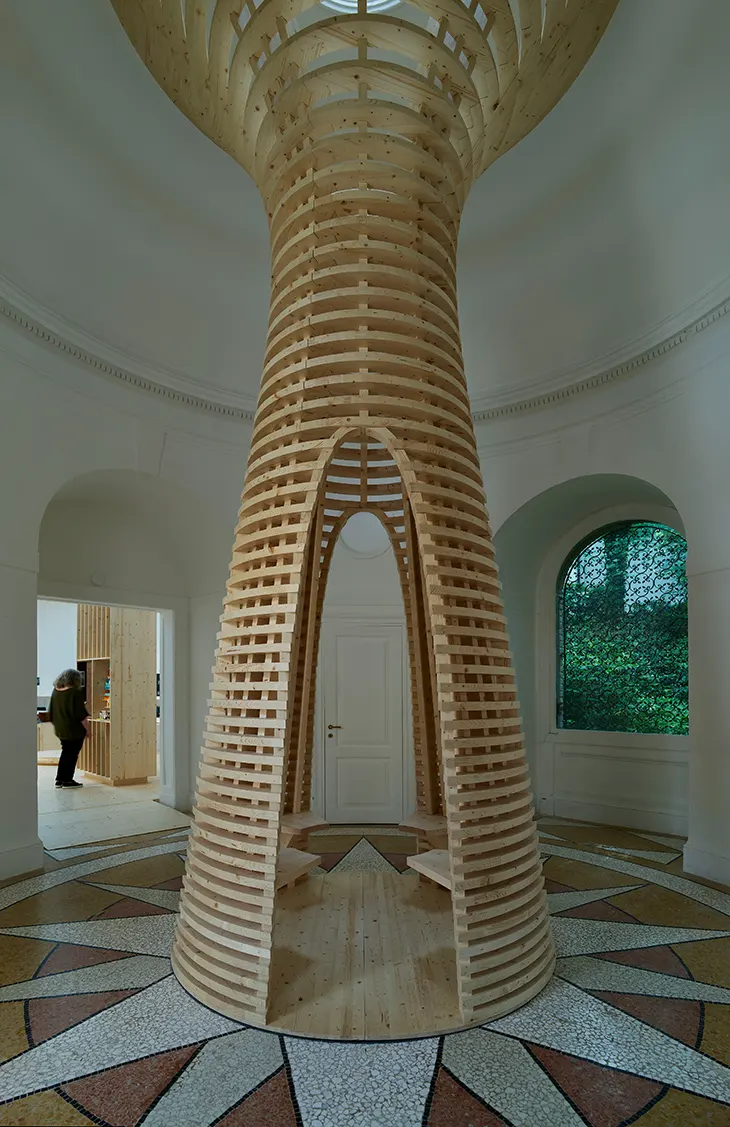
The exhibition resists nostalgia in favor of functionality and relevance. Visitors encounter shaded seating, curated objects, and a platform for ongoing exchange. In his remarks, MacKeith describes the space as “generous in spirit, grounded in place, and open to the world.” For Chin, the project underscores design’s role in inviting participation. “PORCH is an open invitation to gather, to exchange, and to experience the power of architecture and design as a connector,” she said. Bigelow adds that culture “lives not just in institutions, but in the spaces where people come together,” pointing to the Pavilion as one such site.
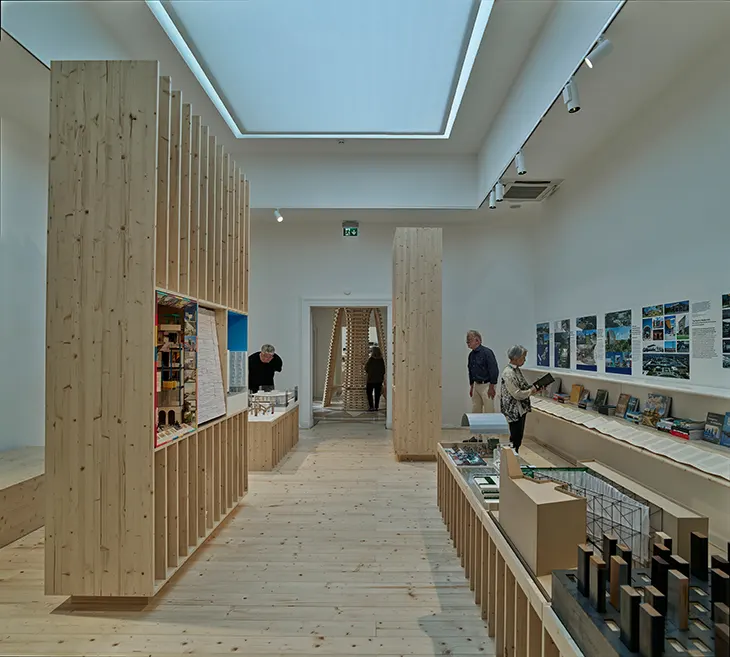
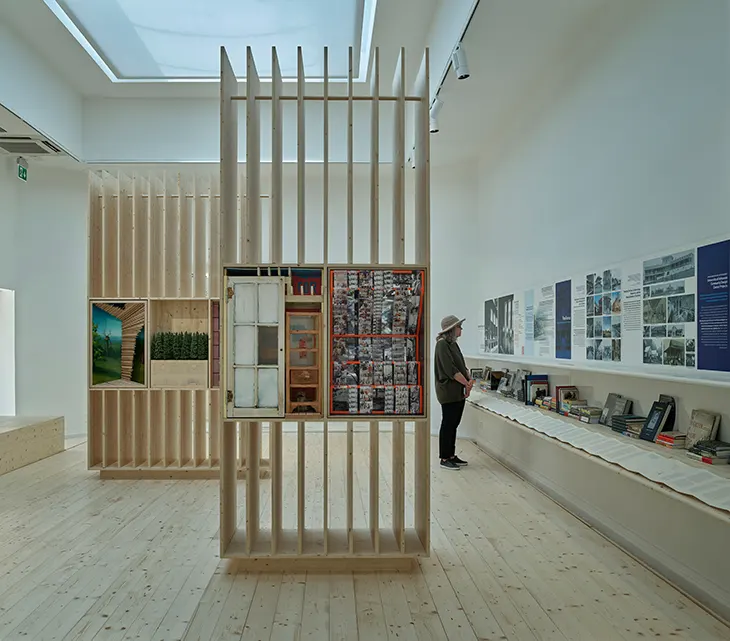
The exhibition expands over time with four key PORCH Fests, scheduled throughout the Biennale: the opening weekend, Independence Day, Labor Day, and the closing weekend in November. These events bring together artists, fellows, designers, and guests for performances, workshops, storytelling, and design dialogues. The idea of the porch evolves from a static structure into a living stage, activated through sound, speech, and physical presence.
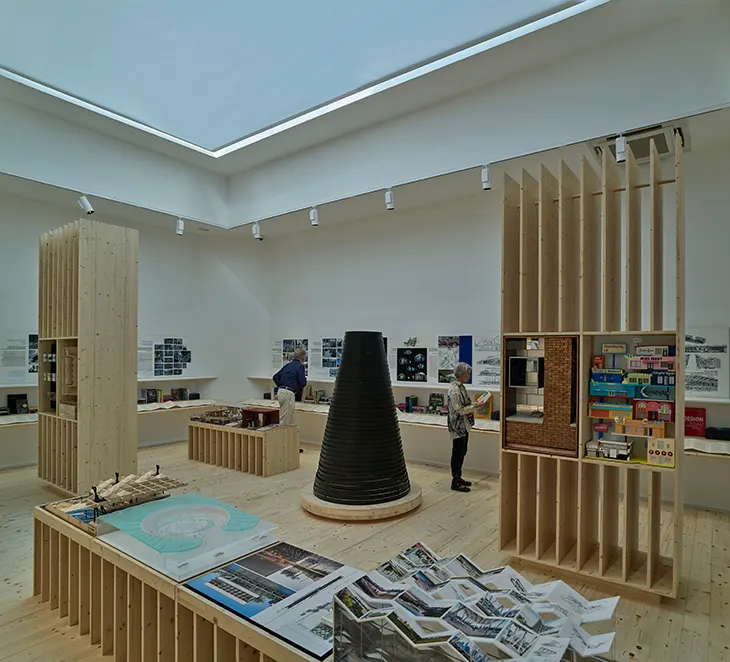
Following its run in Venice, components of the installation will travel to the University of Arkansas Rome Center, where architecture students will reinterpret the materials for educational use. These redesigns will then be distributed across schools in Rome, Milan, and Venice. The transition reflects a larger intention behind the project, to extend design beyond exhibition and into classrooms, homes, and public imagination.
PORCH: An Architecture of Generosity remains open through November 23, 2025, proposing an architecture grounded in interaction and shaped by the people who use it. Rather than constructing a monument, the Pavilion constructs a mood: one that asks what architecture can do when it centers hospitality, learning, and connection.
